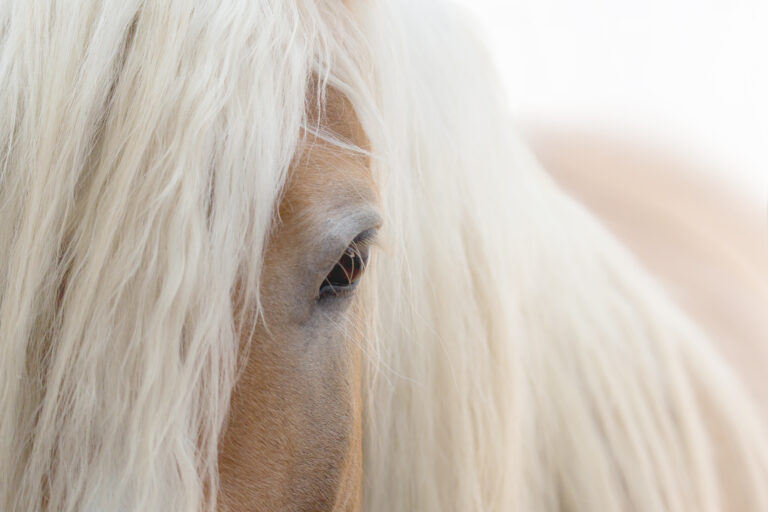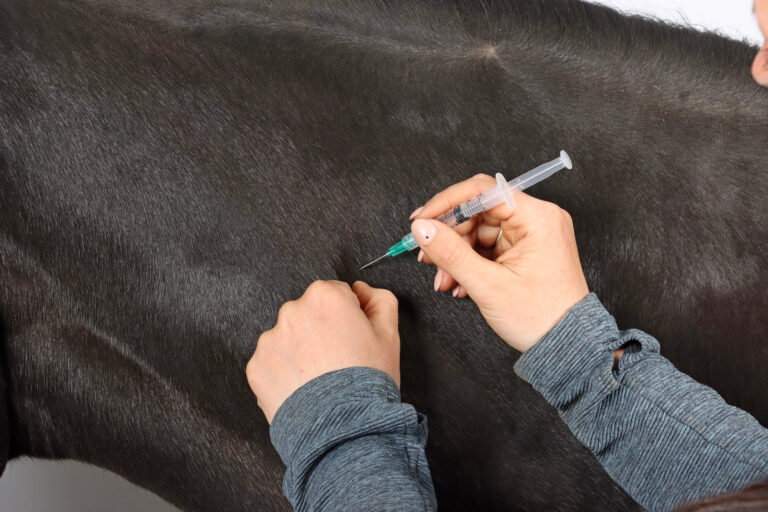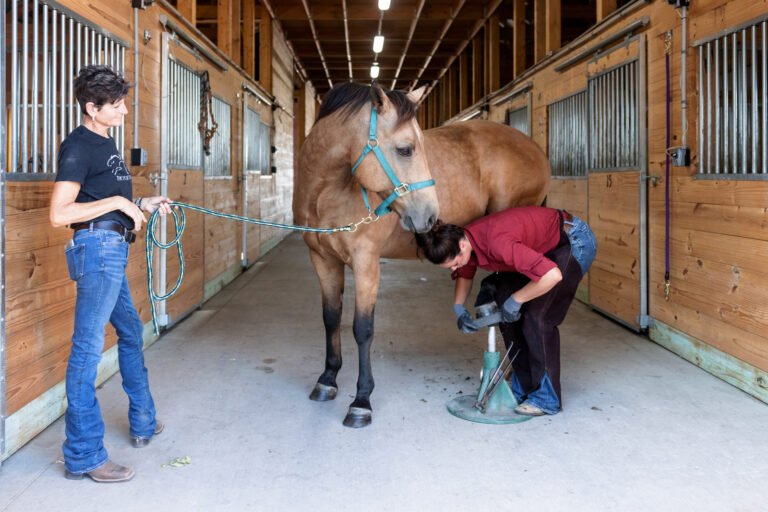This article originally appeared in the Spring 2025 issue of EquiManagement. Sign up here for a FREE subscription to EquiManagement’s quarterly digital or print magazine and any special issues.

Maslow’s hierarchy of needs is a model American psychologist Abraham Maslow (1908-1970) created to understand the motivations for human behavior. He based this theory of psychological health on a pyramid of needs that must be fulfilled from the base upward. Maslow said fulfilling innate human needs must occur in order of priority and culminates in self-actualization.
Pyramid of Needs
The physiological needs for food, water, shelter, warmth, and sleep are at the base of the pyramid. Once individuals meet these basic needs, they then have the capacity to hunger for safety, including emotional security, financial security (e.g., employment), law and order, freedom from fear, social stability, property, health, and well-being (e.g., safety against accidents and injury). The third level of human needs is social and involves feelings of belonging, but it cannot be realized until physiological and safety needs have been fulfilled. This level is an emotional need for interpersonal relationships, affiliating, connectedness, and being part of a group. The fourth level in Maslow’s hierarchy comprises the esteem needs of self-worth, accomplishment, and respect. Finally, self-actualization needs are at the pyramid’s apex. Maslow described these as the desire to accomplish everything that one can and “to become everything one is capable of becoming.”
Later in his life, Maslow included two additional levels after esteem and before self-actualization: cognitive needs, or the drive for understanding and meaning, and aesthetic needs, or the need for beauty and pleasing balance or form.
How Maslow’s Hierarchy of Needs Applies to Equine Practice
Maslow’s hierarchy of needs is important because it helps us understand why some people struggle to attain the upper levels of the pyramid in their lives. For example, if a team member has financial stress or is in an abusive relationship where their safety is uncertain, they might not be able to lean in to learning new skills, supporting new employees, or participating fully in relationships with co-workers. In the workplace, employee engagement efforts begin with providing workers with job security and good wages and can be strengthened by a culture that provides belonging, connection, respect, and opportunities for growth and recognition.
In practices with cultures where competitive doctors operate in silos “eating what they kill,” they might not even reach the second level of financial and emotional security, and level three of belonging to a connected group is likely an impossibility. It should not be surprising if disengagement occurs, with possible resultant losses of associate veterinarians and support staff. Contrast this to a practice with a truly collaborative culture and a connected team that works together to complete all tasks and appointments. Each team member is encouraged to rise to a new level of skill and responsibility.
Understanding Maslow’s hierarchy of needs provides a foundation of clarity for best practices in maximizing engagement and employee well-being.
Related Reading
- Veterinary Wellness Briefs: Practicing Radical Acceptance
- Veterinary Wellness Briefs: Should I See a Therapist?
- Veterinary Wellness Briefs: Volunteerism and Mental Health
Stay in the know! Sign up for EquiManagement’s FREE weekly newsletters to get the latest equine research, disease alerts, and vet practice updates delivered straight to your inbox.




